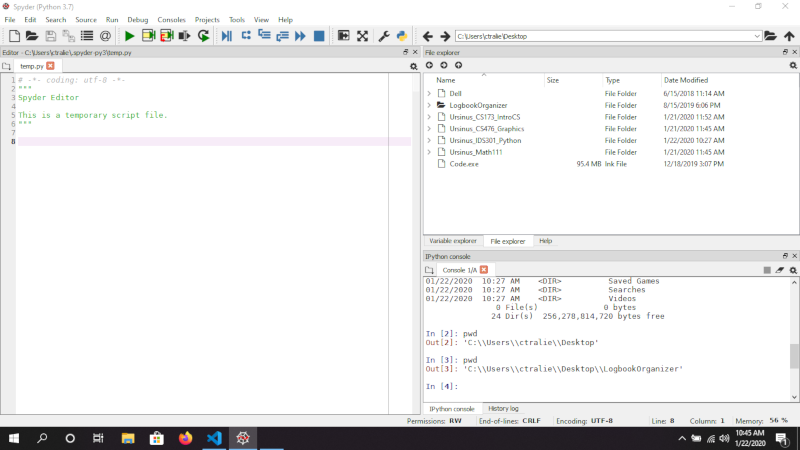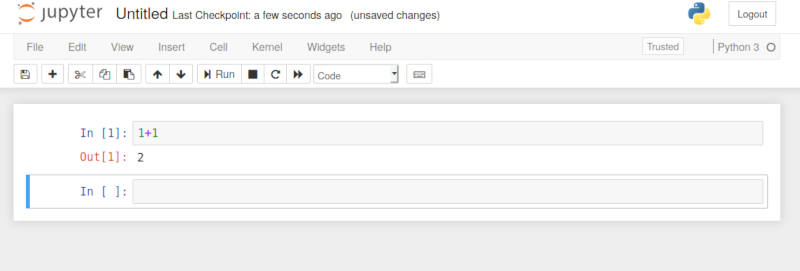Software Environment
We will be using a distribution of python known as Anaconda Python, which comes shipped with the majority of the tools that we need for the course. Click here to download Anaconda. Please choose the 64-bit version of Python 3.9 for your operating system (Windows/Mac/Linux), download it, and follow the default options during installation, includng registering this as the default Python for your system.
Once you install Anaconda, you should be able to launch Spyder and Jupyter, which are the two environments we will be using to write and run code. Under Windows, you can launch these programs by searching for them in the search bar. Under Mac/Linux, you can run them by typing spyder and jupyter, respectively, in the command prompt.
Below is a picture of what Spyder looks like

Below is a picture of what jupyter looks like

Personally, I prefer Jupyter, and this is what we'll be using in class. But for those who are more used to things like Netbeans, you may prefer Spyder.
Google Colab
For students who prefer to work on the cloud during class, there is an option similar to repl.it known as Google Colab that you can use.